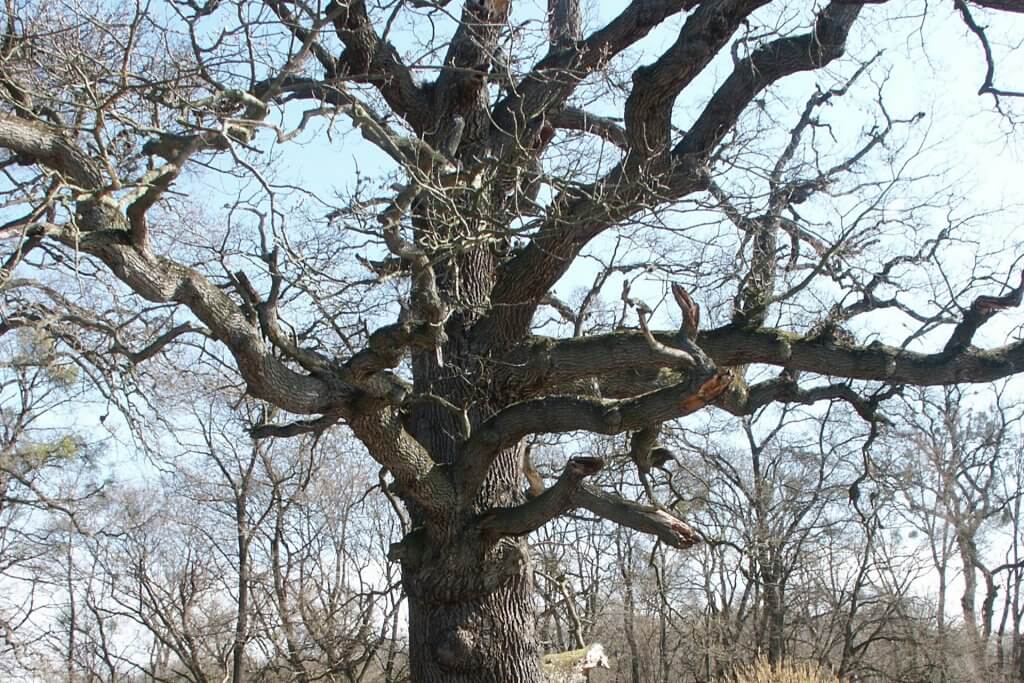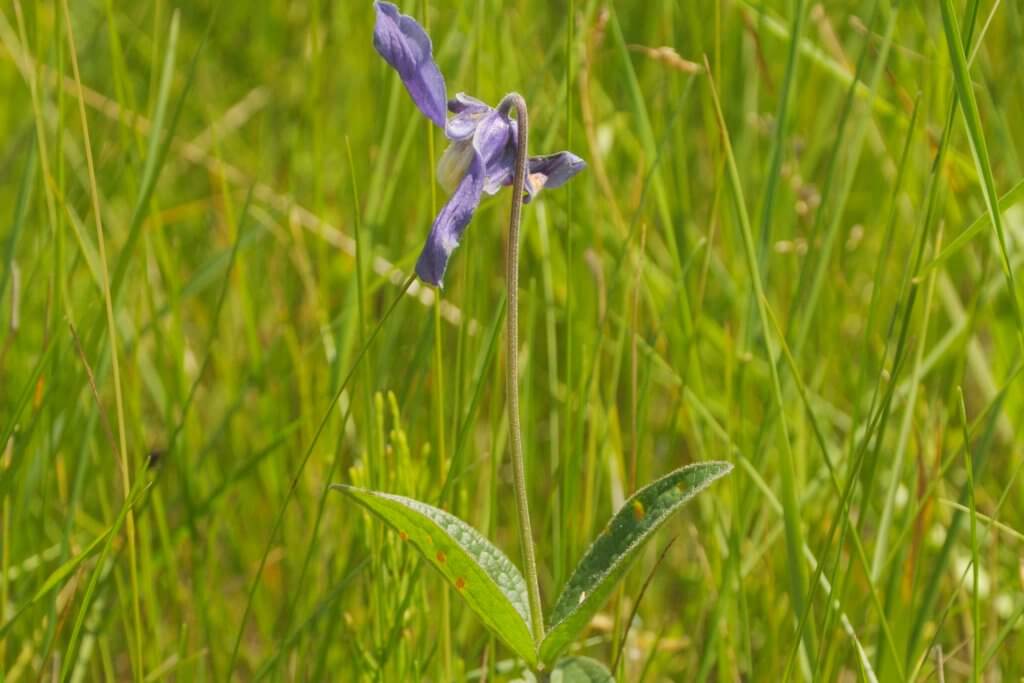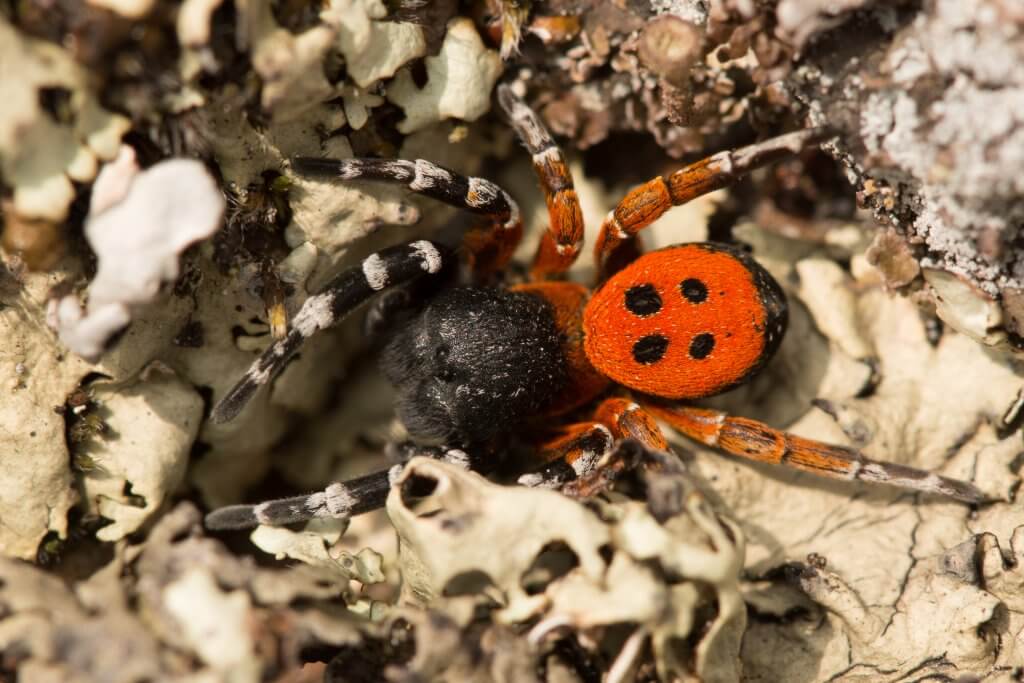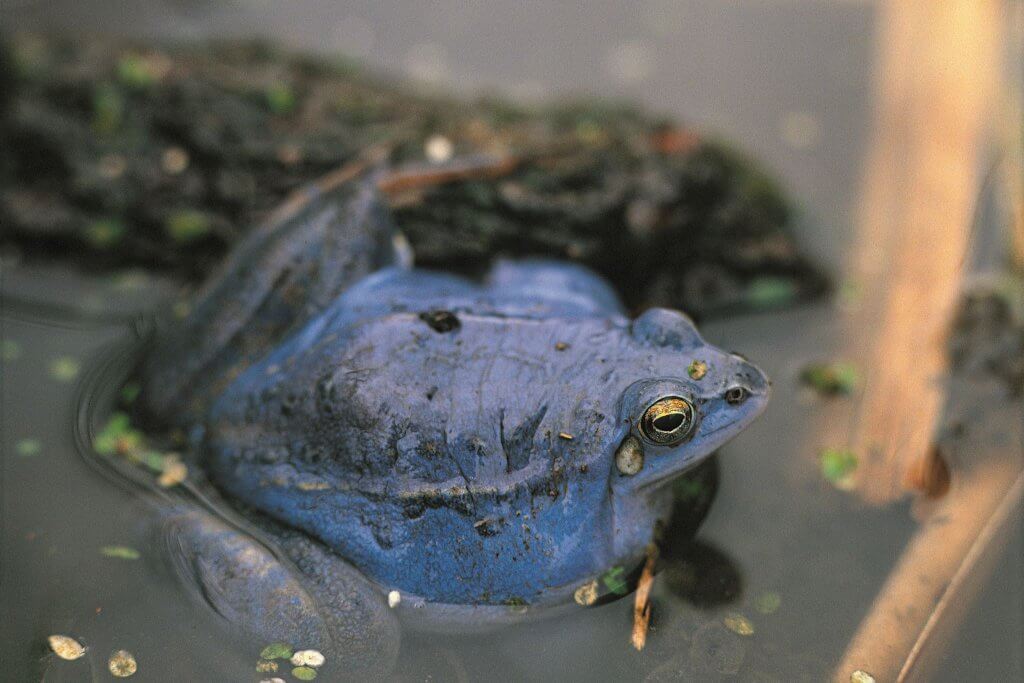Ecological Changes and Biodiversity of the Floodplain Landscape in the Morava–Dyje Confluence Area is the title of a book that will be published in the second half of 2025. It is the result of the work of a broad spectrum of experts specializing in individual groups of organisms—often representing their life-long research. The book introduces readers to an area of immense biodiversity. For instance, 64% of all bird species occurring in the Czech Republic have been recorded in this locality, as well as 74% of mammal species—including bats—and the highest proportion was recorded in fish, with 85% of all naturally occurring species in the country. The data were collected within the project Monitoring Biodiversity and Ecological Changes in Floodplain Forests and Meadows in the Morava–Dyje Confluence Area, led by Mendel University and supported by the Grant Service of Lesy České republiky, s. p.
The book takes readers into the floodplain of the Morava–Dyje confluence, home to some of the largest complexes of near-natural floodplain forests and meadows in Europe. It is a truly unique landscape, with a long history of human settlement and use, lying at the crossroads of major European bioregions—the Pannonian, Hercynian, and Carpathian. Interestingly, the area is located at the tripoint of the Czech Republic, Slovakia, and Austria.
The former owners, the Liechtensteins, developed a designed cultural landscape here, today listed as a UNESCO World Heritage Site and also part of the Lower Morava Biosphere Reserve under UNESCO’s Man and the Biosphere programme. Until 1989, the area was located within the border zone and was almost inaccessible. Thanks to this, valuable biota (living nature), rooted in centuries of traditional human use, has been preserved.
“Biodiversity in the area is exceptionally high, both in terms of communities and species. The book presents the main habitats of the floodplain landscape along with their species richness. Unique lists of all recorded species from studied groups are published, based both on retrospective surveys of diverse sources and on the results of original monitoring,” emphasized co-author Petr Maděra.
The expert from the Department of Forest Botany, Dendrology and Geobiocoenology at the Faculty of Forestry and Wood Technology highlights this with the following figures: “10% of all mushroom species in the Czech Republic can be found here. The area is home to 33.3% of all naturally occurring vascular plant and spider species in the country, 47% of all butterfly and mosquito species, 52% of all ground beetle and amphibian species, and 56% of all saproxylic beetle species. Birds recorded in the area represent 64% of all species in the Czech Republic, dragonflies as many as 70%, mammals – including bats – 74%, and the highest proportion was found in fish, with 85% of all naturally occurring species in the Czech Republic.”



The authors, however, focused more on the main habitats of the floodplain landscape where the organisms occur, rather than on individual species. These include softwood and hardwood floodplain forests, continental flood meadows, narrow-leaved dry grasslands on mounds, and various types of wetlands and aquatic habitats:
“All of these habitats are entirely dependent on the natural water regime of the main rivers in the floodplain. Unfortunately, since 1973, after the regulation of the Morava and Dyje rivers, the entire floodplain has been drying out and the above-mentioned habitats are degrading. This has led to the occurrence of new species, often non-native, some of which become invasive, while populations of typical floodplain species are significantly declining. The common goal should be to stop this decline and strengthen the populations of floodplain species, which can only be achieved by halting further drying of the floodplain,” explained Maděra.
The complex issue of the floodplain’s water regime, caused by river regulation and exacerbated by ongoing climate change, runs throughout the text.



The book contains a rich bibliography and is structured into eight chapters, with the first and last being introduction and conclusion. The second chapter defines the area and describes its natural conditions. The third deals with the historical development of the studied landscape, and the fourth deals with the influence of forestry and conservation management. The specific approach of biosphere reserves to supporting biodiversity is described in chapter five. Chapters six and seven focus on biodiversity monitoring and the actual species diversity of selected groups of organisms.
The publication will be distributed by the Dolní Morava Biosphere Reserve www.dolnimorava.org.
The exceptional book was prepared by experts from the Faculty of Forestry and Faculty of Agronomy at Mendel University in Brno, the Institute of Vertebrate Biology of the Czech Academy of Sciences, the Moravian Museum in Brno, the Institute of Geonics of the Czech Academy of Sciences, the Czech Hydrometeorological Institute, CzechGlobe, the Židlochovice Forest Enterprise of Lesy ČR, the Dolní Morava Biosphere Reserve, and other institutions.
Contact for further information: Prof. Petr Maděra,Department of Forest Botany, Dendrology and Geobiocoenology, Faculty of Forestry and Wood Technology, Mendel University in Brno, +420 739 341 962, petr.madera@mendelu.cz
More news
-
For two decades, the Czech Liaison Office for Education and Research in Brussels (CZELO) has been supporting Czech institutions, researchers, and students in engaging with European programmes in education, science, and innovation. At the…9. 10. 2025
-
Scientific expedition in Mongolia: new butterfly discoveries and warning signs…
Experts from Mendel University, in collaboration with colleagues from other scientific institutions, conducted biodiversity mapping during a three-week summer stay in Mongolia, focusing on the southwestern part of the country, the Gobi Altai region…28. 8. 2025 -
Coffee cultivation has a poor future due to climate change, agroforestry system…
Globally, coffee provides a livelihood for 125 million people. But forecasting models show that its cultivation has a poor future due to climate change. Sites suitable for growing Coffea arabica are predicted to decline dramatically. In that case,…4. 8. 2025 -
EuAsiaN-ROOT Project Unveils Collaborative Research on Tree-Root-Mycorrhizal…
The Horizon Europe project, Eurasian Network for Collaborative Research on Tree-Root-Mycorrhizal-Pathogen Interactions in Forest Soils (EuAsiaN-ROOT), coordinated by the Faculty of Forestry and Wood Technology, aims to provide a deeper…24. 6. 2025 -
Five Female Wolves Fitted with GPS Collars in the Beskydy and Javorníky…
Researchers from the Faculty of Forestry and Wood Technology at Mendel University in Brno have successfully captured and fitted GPS telemetry collars on five female wolves in the Beskydy and Javorníky Mountains over the past two years. These…28. 5. 2025 -
FFWT launches unique data collection on forest ecosystem functioning in MENDELU…
The Department of Forest Ecology at the Faculty of Forestry and Wood Technology of Mendel University in Brno (FFWT MENDELU), in cooperation with the Masaryk Forest Training Enterprise at Křtiny (ŠLP Křtiny), has launched monitoring of selected…23. 5. 2025 -
Professor Vladimír Tesař on the 30th anniversary of Pro Silva Bohemica: focus…
The Faculty of Forestry and Wood Technology and other stakeholders commemorated the thirtieth anniversary of Pro Silva Bohemica, an association of foresters dedicated to promoting close-to-nature forest management. Professor Emeritus Vladimír Tesař…9. 5. 2025 -
Scientists aim to determine which tree species have the most significant…
An international team studying the growth of 223 tree species across 160 experimental forests worldwide has found that conservative tree species—efficiently conserving resources such as nutrients, water, and energy—tend to grow faster under natural…16. 4. 2025 -
FFWT and UFE Křtiny partners of the ForDiL project supporting the education of…
The Faculty of Forestry and Wood Technology, Mendel University (FFWT MENDELU) and the University Forest Enterprise Masaryk Forest Křtiny (UFE Křtiny) are the main partners of the ERASMUS+ project Forest of the future: digital tools for learners to…11. 4. 2025 -
FFWT MENDELU and UFE Křtiny hosted Belgian students within the Erasmus+…
The students from Institut Technique Horticole de Gembloux were hosted by the Faculty of Forestry and Wood Technology, Mendel University (FFWT MENDELU) and the University Forest Enterprise Masaryk Forest Křtiny (UFE) as part of the Erasmus+ short…7. 4. 2025